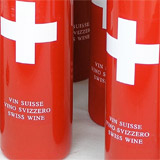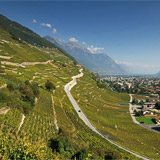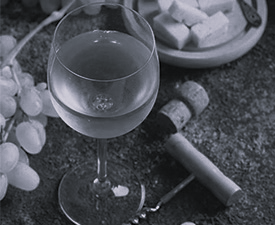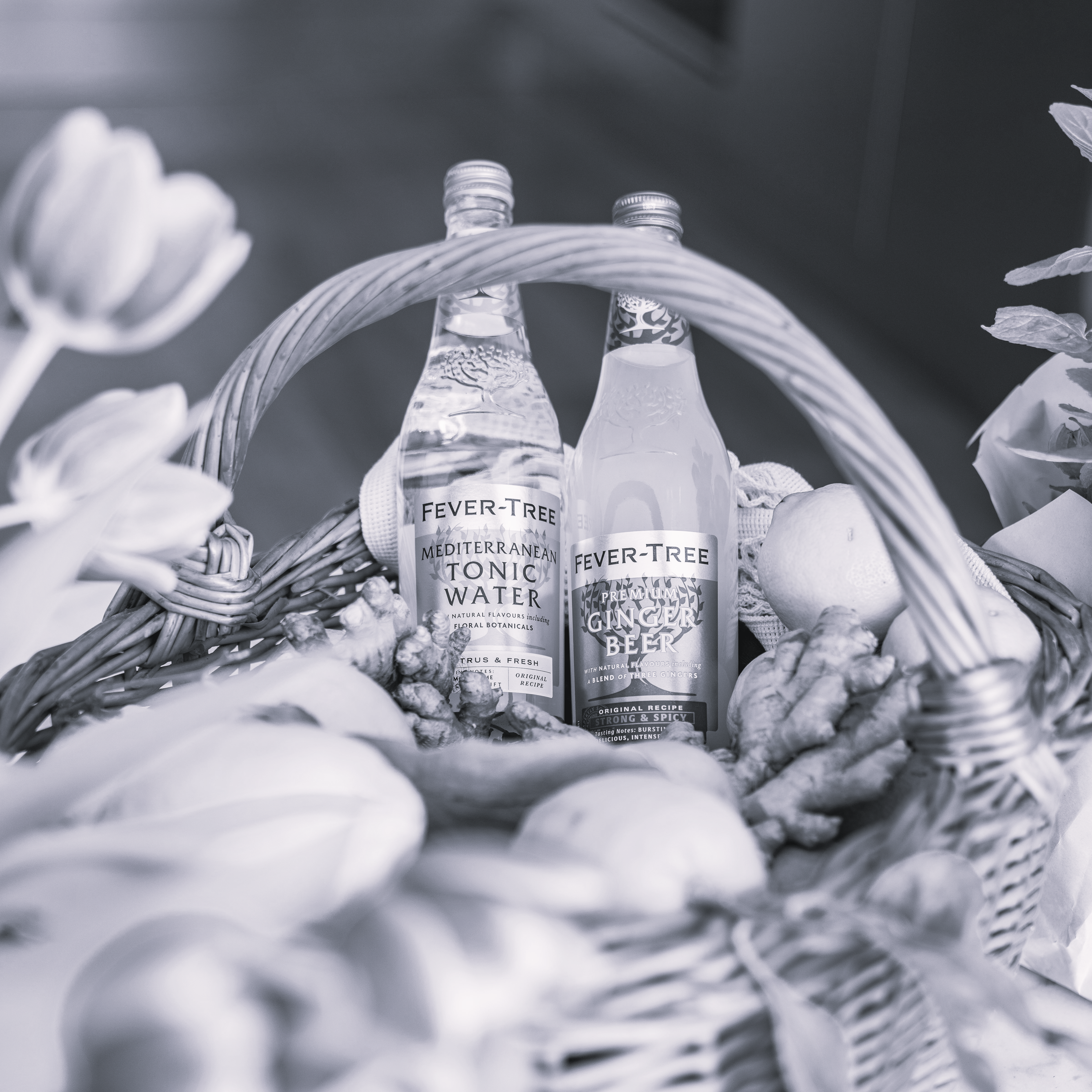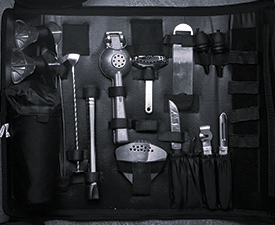The tradition of wine and viticulture in Switzerland dates back further than many would initially think. Switzerland has, in fact, been an abundant wine-producing region for hundreds and perhaps even thousands of years, with grape seeds dating back as far as 3000-BC having been unearthed in Neuchatel. Around 200-BC Romans were cultivating grape vines for wine production in what are now the most common wine-producing regions of contemporary Switzerland.
Swiss wine is produced from nearly 15,000 hectares of vineyards, and the wines are mainly produced in the west and south of Switzerland, in the regions of Geneva, Neuchâtel, Ticino, Valais and Vaud. Red grape varieties account for 58% of the country's vineyard area, and white grapes varieties the remaining 42%.
Nearly all the wine production is consumed domestically; less than 2% of the wine is exported (mainly to Germany). The two most common grape varieties in Switzerland are Pinot Noir at around 30% and the white Chasselas varietal at around 27%, others include Gamay at 10% and Merlot at 7%. A large number of grape varieties are cultivated in Switzerland, many of them indigenous or regional specialties, some 90 grape varieties in an area of 1ha or more.
For a long time, Switzerland lacked detailed national regulations regarding wine classification, and as a non-EU member, Switzerland did not have to implement European Union wine regulations. Wines were usually labeled by their village of origin, by grape variety, or using a brand name. From the early 1990s, a French-style AOC system was started to be implemented, though these regulations are mainly implemented by the regions themselves.
Switzerland's latitude, lying between 45 and 47 degrees and despite the generally high altitude, the better wine-growing regions receive so much sunshine annually (up to 2,500 hours in some years), and such moderate temperatures between day and night, that certain varieties of grapes thrive even up to an altitude of over 1000 meters.
